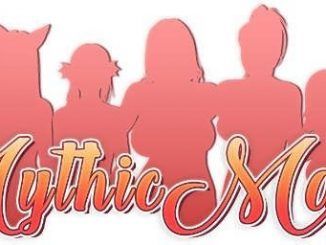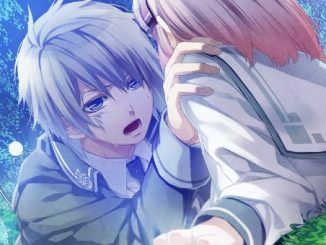

You could hypothetically create conditions tailored almost perfectly to your tastes, and that’s nothing to sneeze at. I think this feature is a wonderful commitment to providing the player with fun on their terms. For example, mutators like infinite ammo and new character every level offer radically different experiences. Mutators fundamentally change the way the game is played, altering anything from the speed of play to difficulty. Make a demigod bestowed with many powerups? Or, perhaps try recreating the Deprived from Dark Souls? Do what makes you happy.įor more variety, the player needs only to turn to the Mutators game feature. And if none of the characters are ridiculous enough for you, you can always create one. The Shapeshifter, conversely, makes people into mere puppets and has incentives to incite class tensions. The Cop, as you might expect, makes arrests and has mechanical incentives to avoid harming innocents.

Each one is distinct, sporting their unique objectives and gameplay. Like many things in Streets of Rogue, you have options.Ĭertainly, one of the most compelling options is your choice of character. But hey, if you think radiation blasts are stupid, you don’t have to deal with them (more on that later). It’s a good thing that Dabrowski understands when it’s time to let players go at their own rate, and when to guide the experience a little more. These levels often fly by, forcing the player to react quickly to a rapidly-evolving situation. Bombings, radiation blasts, and zombie attacks are commonplace in the titular streets. On the third and final level of a section, some disaster occurs. There are in-game objectives which consist of three flavors: main missions, optional missions, and big quests. It’s madness with a method and chaos with a cause.

The game delights in befuddling and bewildering. The game is strange and goofy, sure, but the tone, soundtrack, and gameplay all mesh to deliver a precise, consistent experience. The visuals and sound design further complement this living and breathing environment. The interaction between systems, the chain reactions of disaster and violence, and the numerous approaches available to the player all lend a very natural, organic feel to the world and its conflicts. To use a different metaphor, each level is like Europe in June 1914: a goddamn powderkeg. One stray bullet can drag individuals and groups alike into the gravitational pull of combat, escalating conflicts in spectacular fashion. But the levels are characterized by inter-faction violence, odd occurrences, and sudden bursts of destruction. Your goal is simple: traverse the city, unseat the Mayor. The stage itself, meanwhile, is the systems-driven playspace so quintessential to this game’s identity. “Floor 5-1: I’m TooĪrousing for My Turtleneck” is my only answer to the last question. Variable and increasingly difficult hazards along the way. Pure, elemental chaos, the player may get just lucky enough to overcome the By utilizing all manner of items, special abilities, and Top-down roguelike wherein the player must complete objectives to proceed to Graphics, does it have a sufficiently catchy soundtrack? Simply put, it’s a Streets of Rogue? What’s the gameplay like? As an indie game with pixel

Let’s set the stage to answer some basic questions. Suffice to say that Streets of Rogue pushes the envelope in terms of a player-oriented design.
#Streets of rogue super special abilities how to
Dabrowski achieves distinction by providing the player with a mountain of options, trusting them to know how to create their fun, and operating within a clear, consistent, and intuitive framework. It’s an indie game developed by a single person, Mark Dabrowski. However, this is not some soulless corporate attempt to market to a broad audience. I can’t remember the last time I played a game so committed to addressing the question, “what would be fun for the players?” Indeed, it seems designed to satisfy as many people as possible. Streets of Rogue exhibits a profound love and respect for its players.


 0 kommentar(er)
0 kommentar(er)
